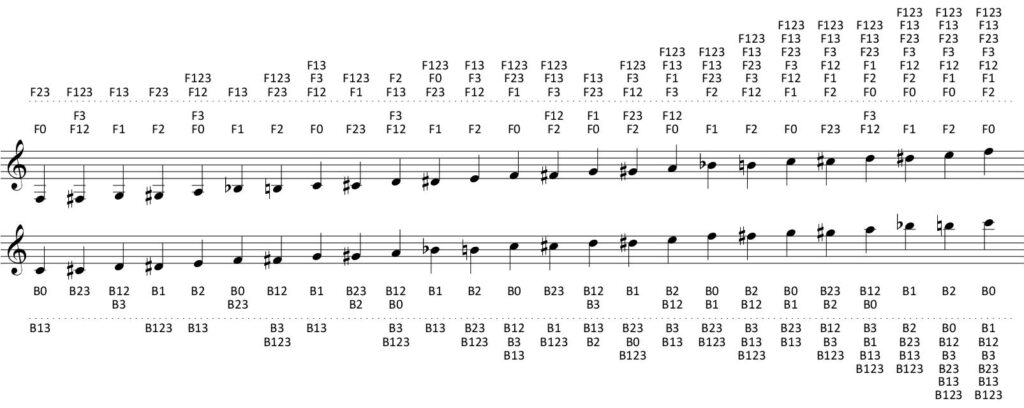Le Cor Contemporain
Le Cor Contemporain
Le Cor Contemporain
Le Cor Contemporain
Le Cor Contemporain
Le Cor Contemporain
Le Cor Contemporain
Le Cor Contemporain
Le Cor Contemporain
Le Cor Contemporain
Le Cor Contemporain
Guide d’utilisation des techniques avancées




































